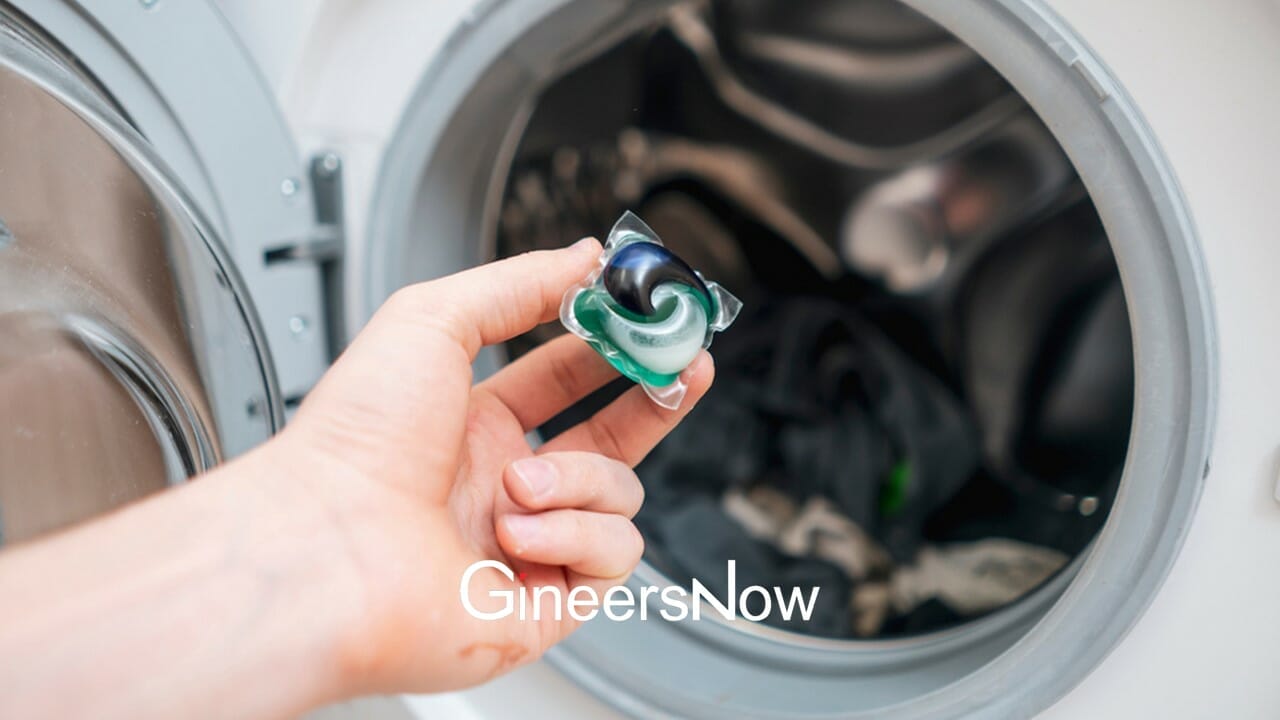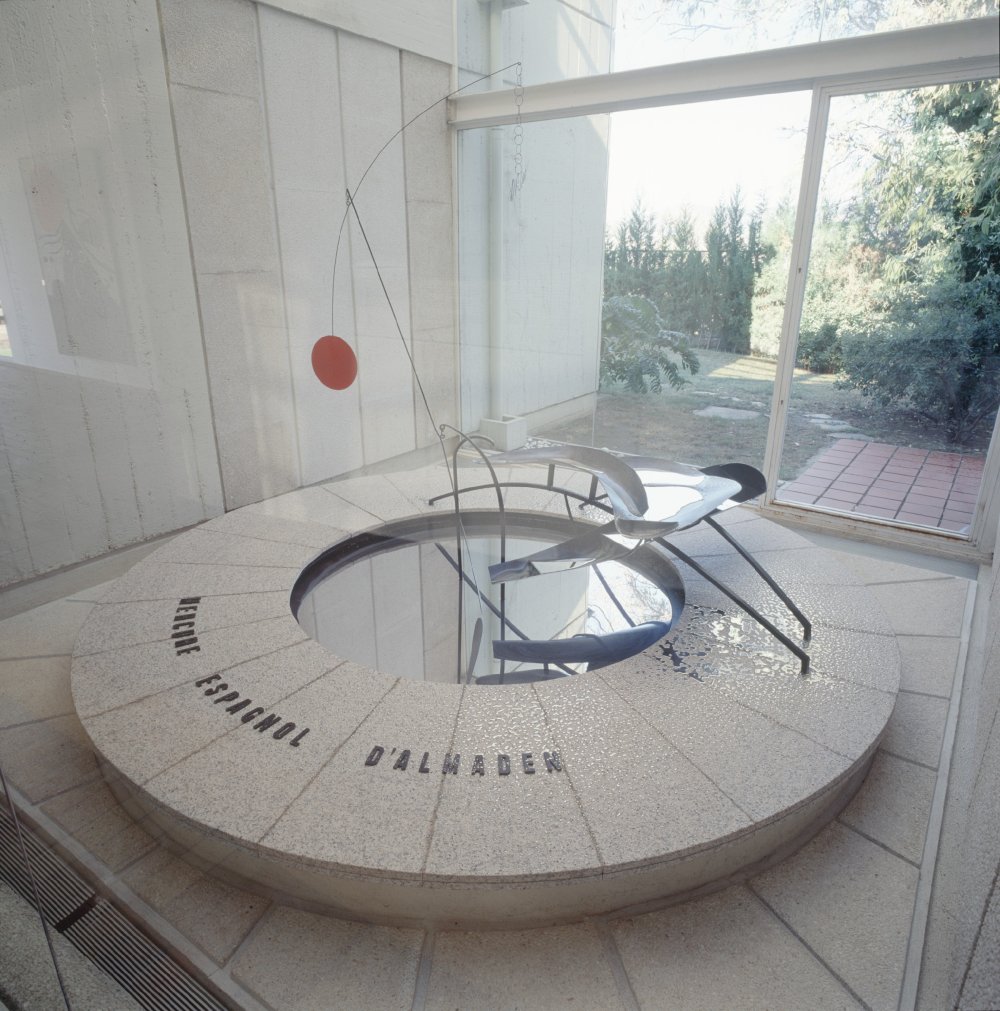The engineering industry is always looking for cutting-edge manufacturing methods to produce products with greater accuracy, complexity, or lower production costs. Chemical etching, often called chemical milling, is a technology that has revolutionized the way engineers create many types of parts. This post will examine 4 major ways in which photochemical etching has changed engineering and subsequently influenced the future of manufacturing.
Precision in Engineering
Photochemical etching has allowed for a new level of accuracy in engineering. Engineers may now precisely design complicated structures using this method. The material removed may be meticulously managed using masks and chemical etchants, producing reproducible, trustworthy outcomes. This site has more on what is photochemical etching, which explains its usefulness in producing important components, including aircraft parts, microelectromechanical systems (MEMS), and medical implants, due to its ability to attain tight tolerances as low as a few microns. Due to the method’s precision, extensive post-processing is unnecessary; this cuts down on expenses and turnaround time without sacrificing quality.
Enhanced Design Flexibility
Conventional production methods frequently have constraints that prevent designers from exploring all possible product iterations. However, photochemical etching provides engineers with unheard-of degrees of freedom in terms of design. Geometries with fine features, undercuts, and multi-level designs are all possible thanks to this method. Photoresist masks are used to precisely regulate material removal to create unique and tailor-made parts. The desire for lightweight, high-performance, and visually pleasing components is particularly important in various industries, making this versatility all the more significant.

Cost-Efficiency and Time Saving
Time and money can be saved using photochemical etching instead of more traditional production processes. Milling, punching, and stamping are all examples of conventional manufacturing processes that necessitate expensive equipment and machining setup, making them unfeasible for use in prototypes or low-volume production runs. The main components of photochemical etching are photoresist masks and chemical etchants. As a result, the initial investment is much smaller.
The lack of contact during the process also decreases tool wear, reducing costly upkeep and replacements. The capacity to mass-produce complex designs in a single process helps save time and money by doing away with the requirement for multiple machining procedures. Because of its low production costs and fast turnaround times, photochemical etching is a popular method for mass production and prototype development.
Scalability and Mass Production
Photochemical etching is scalable for scale production and works well for prototyping and short production runs. The capacity of the process to reliably reproduce complex designs makes it suitable for mass production. Large components may be manufactured with little to no variation in quality and dimensional precision thanks to sophisticated automation and effective production procedures. This scalability is invaluable for industries like electronics, where printed circuit boards (PCBs) and connectors are constantly in high demand. Photochemical etching is an effective and trustworthy method since it can easily scale from prototype to mass production.
Endnote
The engineering industry is undergoing radical change due to the advent of photochemical etching. Its accuracy, design freedom, cost-efficiency, and scalability have changed the game in numerous fields, from aerospace and automotive to electronics and medical devices. Engineers can now save time and money by using photochemical etching to create complex, one-of-a-kind designs with pinpoint accuracy. It is an important technique that will influence how products are made in the future, especially as the engineering industry continues pushing the limits of innovation.










